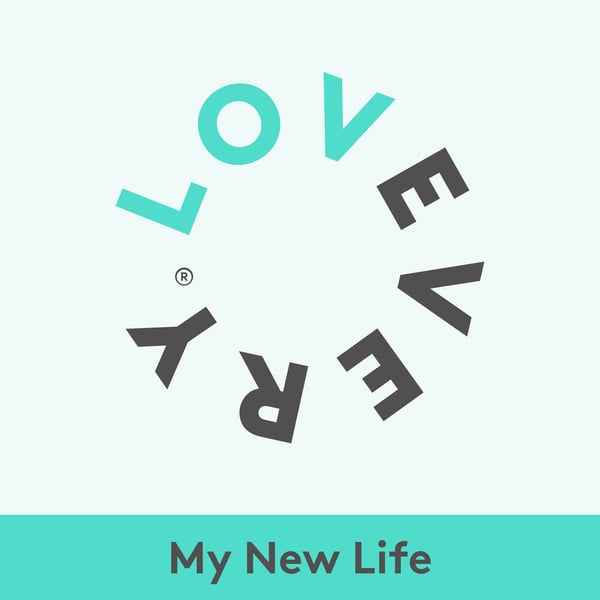First Words: What to Look Out For
My New Life
Kate Garlinge
4.7 • 654 Ratings
🗓️ 24 February 2021
⏱️ 18 minutes
🧾️ Download transcript
Summary
Baby’s first words — few milestones are met with more emotion from the adults in the room! But what constitutes a first word and when should parents be expecting to hear them? Join Host Jessica Rolph and Speech Language Pathologist Gopika Kamdar for a look at some common indicators of language development.
On the table for discussion is research from the ’90s suggesting the volume of words spoken to infants is paramount to speech and language development, as compared with more recent research that emphasizes the importance of serve-and-return, the turn-taking that comes naturally to adults. So which is it? As with most topics we cover, we think you’ll find the answers reassuring.
Key Takeaways:
[1:26] Gopika talks about the benefits of narration and serve-and-return as approaches to promote language development.
[4:07] Gopika explains the difference between receptive language and expressive language.
[5:11] When do most children say their first words?
[6:52] When should we worry? When do you start to see a need for intervention?
[9:06] What are some language milestones for a 24-month-old?
[11:28] What are markers of a speech delay if a child isn’t meeting the average ranges?
[13:51] Myth or truth: Does pacifier use cause speech delays?
[16:07] Jessica shares her top three takeaways.
Mentioned in this episode:
Brought to you by Lovevery.com
Transcript
Click on a timestamp to play from that location
| 0:00.0 | Parenthood is a time of so much change for you and your baby. |
| 0:12.8 | A little reliable information can go a long way towards making this new life a good life. |
| 0:18.6 | I'm Jessica Rolfe, and this is my new life, a love every podcast. |
| 0:28.9 | Most of us know how important it is to read to our babies and young children, but few |
| 0:33.7 | parents are reading Cat in the Hat 18 times a day. Ludacrous as that sounds, it was |
| 0:40.1 | actually referenced as an equivalent to the 30,000 words per day recommended in a landmark |
| 0:44.9 | study in language by Hart and Risley in the 90s. The study said that the more language children |
| 0:51.9 | are exposed to, the better prepared they are for school. This led many of us to believe that the more language children are exposed to, the better prepared they are for school. |
| 0:56.2 | This led many of us to believe that the number of words spoken was paramount, a wearable device |
| 1:02.1 | surface that even counted the number of words a parent uses in any given day with their child. |
| 1:07.6 | But more recent research emphasizes the importance of serve and return, that turn-taking that |
| 1:12.9 | comes so naturally to us adults. Here to help us understand the nuances of language development |
| 1:19.0 | is speech-language pathologists, Gopika Kamdar. So which is it, Gopika? Narration, serve and |
| 1:27.1 | return, or both? So I think it's Gopika? Narration, serve and return, or both? |
| 1:28.8 | So I think it's both in the sense of exposure to language. It is important to narrate to your baby. |
| 1:36.5 | You do want to expose them to as much language as possible. And you want to talk to them about what you are doing. |
| 1:44.0 | But also, you want to engage in a real back-and-forth conversation. |
| 1:50.2 | So, sure, with a young child under the age of one, you will be doing the majority, well, all of the talking. |
| 1:58.9 | But these back-and and forth conversations teach children, |
| 2:04.1 | teach children early on that there is expected turn-taking in conversational interactions. |
| 2:09.9 | I communicate and then you communicate and then I communicate. |
| 2:13.6 | And it's nice and juicy and it's so exciting. |
... |
Please login to see the full transcript.
Disclaimer: The podcast and artwork embedded on this page are from Kate Garlinge, and are the property of its owner and not affiliated with or endorsed by Tapesearch.
Generated transcripts are the property of Kate Garlinge and are distributed freely under the Fair Use doctrine. Transcripts generated by Tapesearch are not guaranteed to be accurate.
Copyright © Tapesearch 2025.

